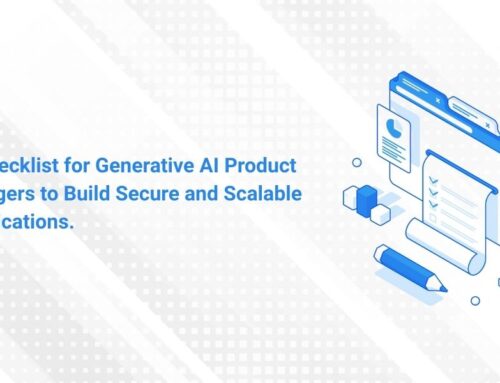How AI and Data Analytics are Revolutionizing Sales for Manufacturers
In the bustling world of manufacturing, the pursuit of higher sales figures isn’t just a goal; it’s the bottom line of the industry. Yet, amidst the challenges of evolving consumer demands, market fluctuations, and operational complexities, traditional methods often fall short. This is where the groundbreaking integration of Artificial Intelligence (AI) and Data Analytics emerges as a transformative force, reshaping the landscape and propelling manufacturers into a new era of sales excellence.
Let’s illustrate with a case study. A seasoned IT products manufacturer based in California has long grappled with fluctuating sales figures. Despite offering top-tier products, they found themselves wrestling with market unpredictability and struggling to meet consumer expectations. It was a familiar tale of wading through the murky waters of uncertainty. That is, until they embraced the power of AI and data analytics.
Implementing AI-powered Demand Forecasting
By analyzing vast troves of historical sales data, coupled with external factors like market trends and economic indicators, the manufacturer gained unprecedented insights into future demand patterns. No longer were they reliant on guesswork or gut feelings; they had a data-driven roadmap, enabling them to anticipate customer needs with precision.
The results were staggering. The manufacturer experienced a 32% reduction in stockouts and a 13% decrease in excess inventory, achieving a delicate balance between supply and demand with surgical precision. With AI as their guiding light, they optimized production schedules, minimized wastage, and maximized profitability.
Launching Hyper-Personalized Customer Engagement
They launched a hyper-personalized campaign where every interaction with potential customers felt tailored and personalized. This seamless fusion of human intuition and machine intelligence epitomizes AI-powered customer relationship management (CRM).
The manufacturer leveraged AI algorithms to analyze customer data, from browsing behaviors to past purchases, crafting hyper-targeted marketing campaigns that resonated on a deeply personal level. It was no longer a spray-and-pray approach; every message delivered bespoke value, fostering stronger connections and driving sales conversions.
Integrating Dynamic Pricing Optimization
The manufacturer bid farewell to static pricing models, embracing dynamic pricing powered by machine learning algorithms. By analyzing market dynamics, competitor pricing strategies, and even consumer sentiment in real-time, they could adjust prices on the fly, maximizing revenue without alienating customers.
The impact was immediate and profound. They witnessed a 19% increase in sales revenue, fueled by newfound agility and responsiveness in pricing strategies. What was once a game of chance had transformed into a strategic dance, orchestrated by the symphony of AI and data analytics.
The Next Steps Taken to Achieve Sustainable Sales Growth
Having seen the benefits of Data & AI fusion in sales figures, the manufacturer is now on the path to achieving sustainable sales growth. Here are the next steps taken to consolidate their sales capabilities:
Customer Segmentation:
By analyzing customer data, the manufacturer segments their target audience into distinct groups with similar needs and preferences. This allows for targeted sales campaigns and product offerings, leading to higher conversion rates.
Identifying Customer Needs and Pain Points:
Analysis of customers’ order patterns, feedback, and browsing data reveals insights into their needs, challenges, and buying motivations. The manufacturer tailored their communication and product development to address these specific needs, improving customer satisfaction and loyalty by 23%.
Analyzing Customer Journey Friction:
Browsing data analysis pinpoints areas in the sales funnel where potential customers are dropping off. This allows manufacturers to identify and address the pain points in the customer journey, leading to a smoother sales experience.
In the end, the story of this IT product manufacturer serves as a beacon of hope and inspiration for manufacturers worldwide. In an era defined by uncertainty and complexity, AI and data analytics emerge not as mere tools but as trusted companions on the journey to sales excellence.
Conclusion
While AI offers tremendous potential, it’s essential to remember it’s a tool to empower, not replace, human sales teams. The future of sales lies in a collaborative approach where AI handles repetitive tasks and data analysis, freeing up salespeople to focus on building relationships, negotiating deals, and providing exceptional customer service.
By embracing AI and data analytics, manufacturers can gain a deeper understanding of their customers, optimize their sales strategies, and drive significant sales growth. This powerful combination is poised to revolutionize the sales landscape for manufacturers in the years to come.









